Scandi decor style – the 10 very best ideas for a modern Nordic look
For a fresh take on Scandi decor style, take inspiration from these homes that have elevated the look to new heights
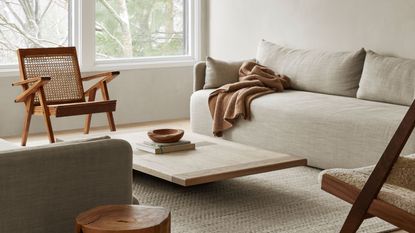

Undoubtedly, Scandi decor style is one of the most enduring looks in the interiors world. However, Scandinavian design isn't limited to just one, specific aesthetic – there is a multitude of ways to embrace the tenets of this popular style.
'Scandinavian design is simple, beautiful, finely-crafted interior design style. It focuses on natural materials and has a tradition of striving to ensure everyone has access to good design, not just the elite,' explains Sofie Ganeva, head of interiors at design-led, Stockholm-based realtor Fantastic Frank. 'Creating an easy backdrop, a less-is-more approach and not overly ornate, it's workable for a wide range of people.'
'Scandinavians also have a unique appreciation for nature and it comes through in the way they spend time outdoors and in the way they design and decorate their homes,' Sofie says.
There are classic elements of Scandi decor style that you can adopt into your scheme, but modern designers are now approaching a Scandinavian brief that pushes it beyond the white-walled, hygge-inspired rooms associated with this style too. Here, they give us their vision of what modern Scandi style is.
10 ways to create a Scandi decor style scheme
"The Scandinavian tradition is rooted in a sincere devotion to the crafts, with a strong focus on using good materials and creating designs that last."
Jonas Bjerre-Poulsen, Norm Architects
1. Add warmth to a minimalist Scandi scheme
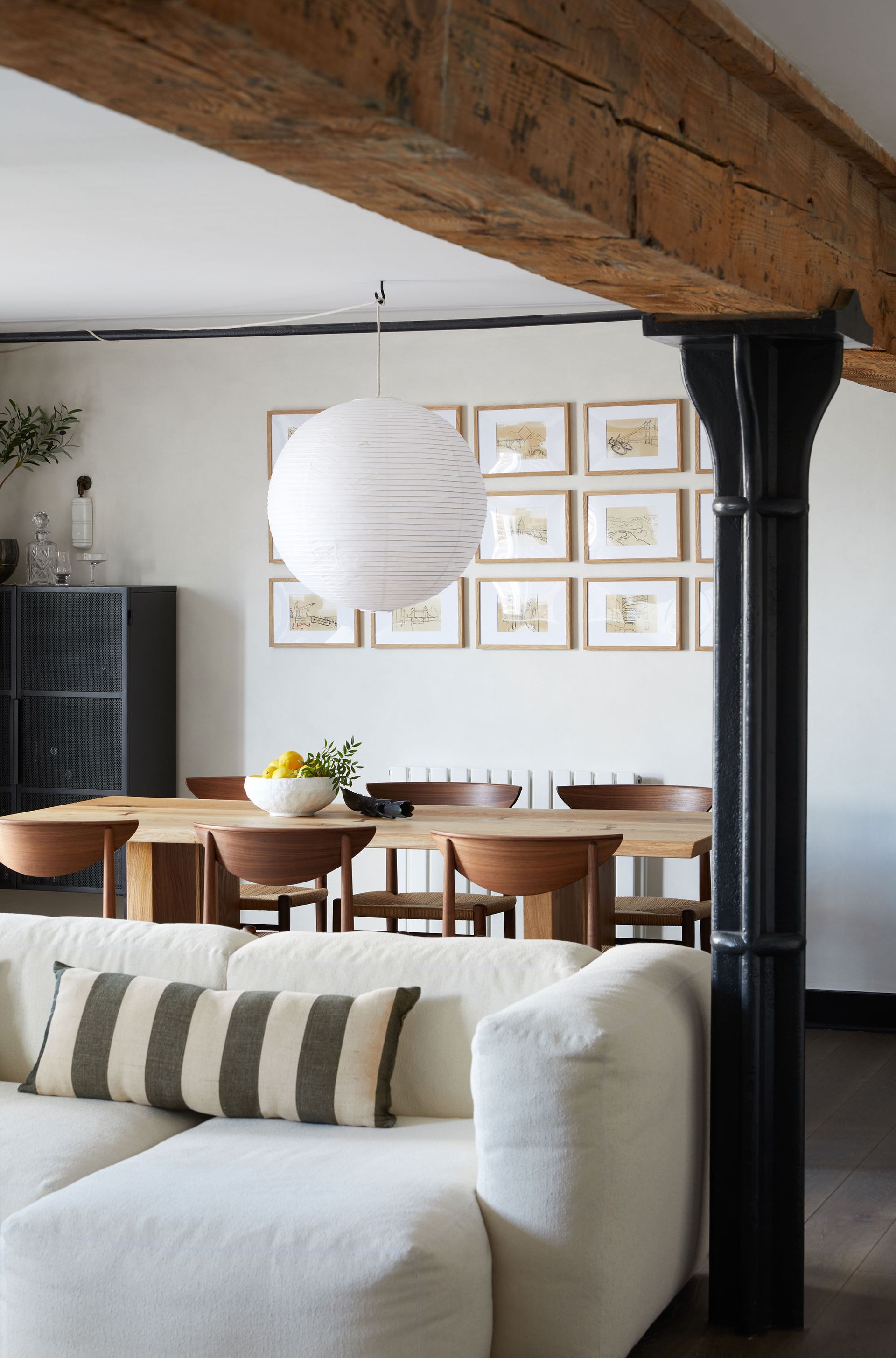
Scandi decor style is intrinsically linked to minimalism, but with a sensibility that's anything but stark.
'In the Scandinavian sense, simplicity is more than the Mies van der Rohe dictum; “Less is more”, which really meant trimming it down to the bare essentials,' explains Jonas Bjerre-Poulsen, architect and partner at Norm Architects. 'In most Scandinavian designs, there are always details that take the product beyond the strictly simple and give it something extra.'
A fondness for natural materials underlines Scandinavian design to bring warmth and texture to minimalist spaces. 'Materials sourced from nature have always been essential to human beings,' explains Jonas. 'Wood can be treated to achieve a smooth feel and look or a more rustic elegance. Stone can be used in its natural state or obtain a rough or shiny finish and so on.'
'Our aim is always that a space we have designed should feel warm and welcoming even before putting any furniture or objects into the space – merely be the choice of materials for the architecture itself and the use of daylight in the space.'
2. Look beyond white for the walls
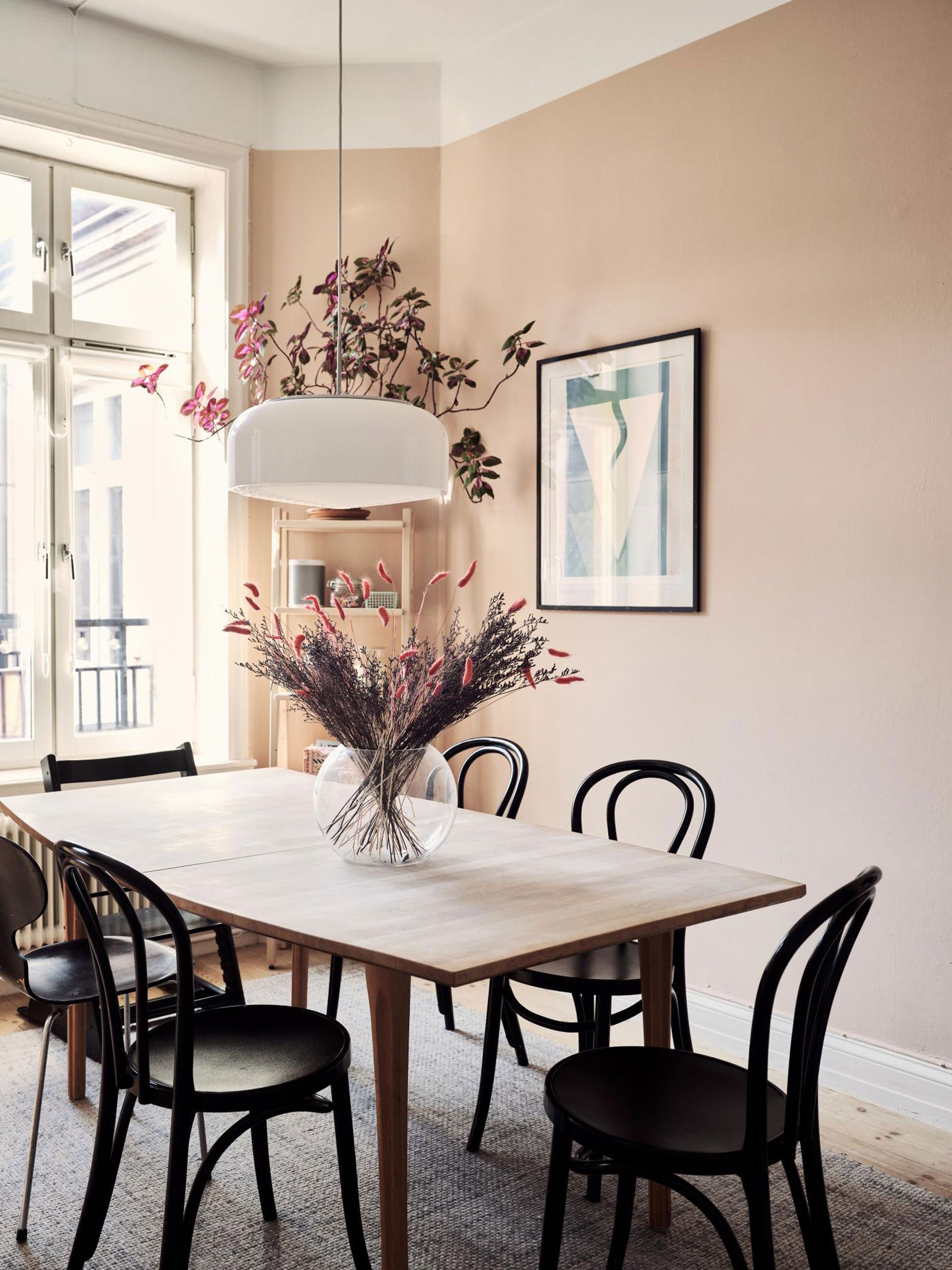
White walls are a mainstay of Scandi design, but as colorful schemes blossom as an interior design trend around the world, colored bases for walls have become more common in Nordic design.
'Some newer trends fit nicely with Scandi style, such as adding color, both pastels and bolder color blocks,' says Fantastic Frank's Sofie Ganeva. 'It's often seen in fusion with other styles such as Japanese and more bohemian interior design,' she explains.
Warmer-toned neutrals and pastel paint ideas still offer the minimalist base that helps a Scandi style room feel uncluttered, but can be embellished with other, brighter colors for a modern take on the look.
3. Or try a bold Scandi look
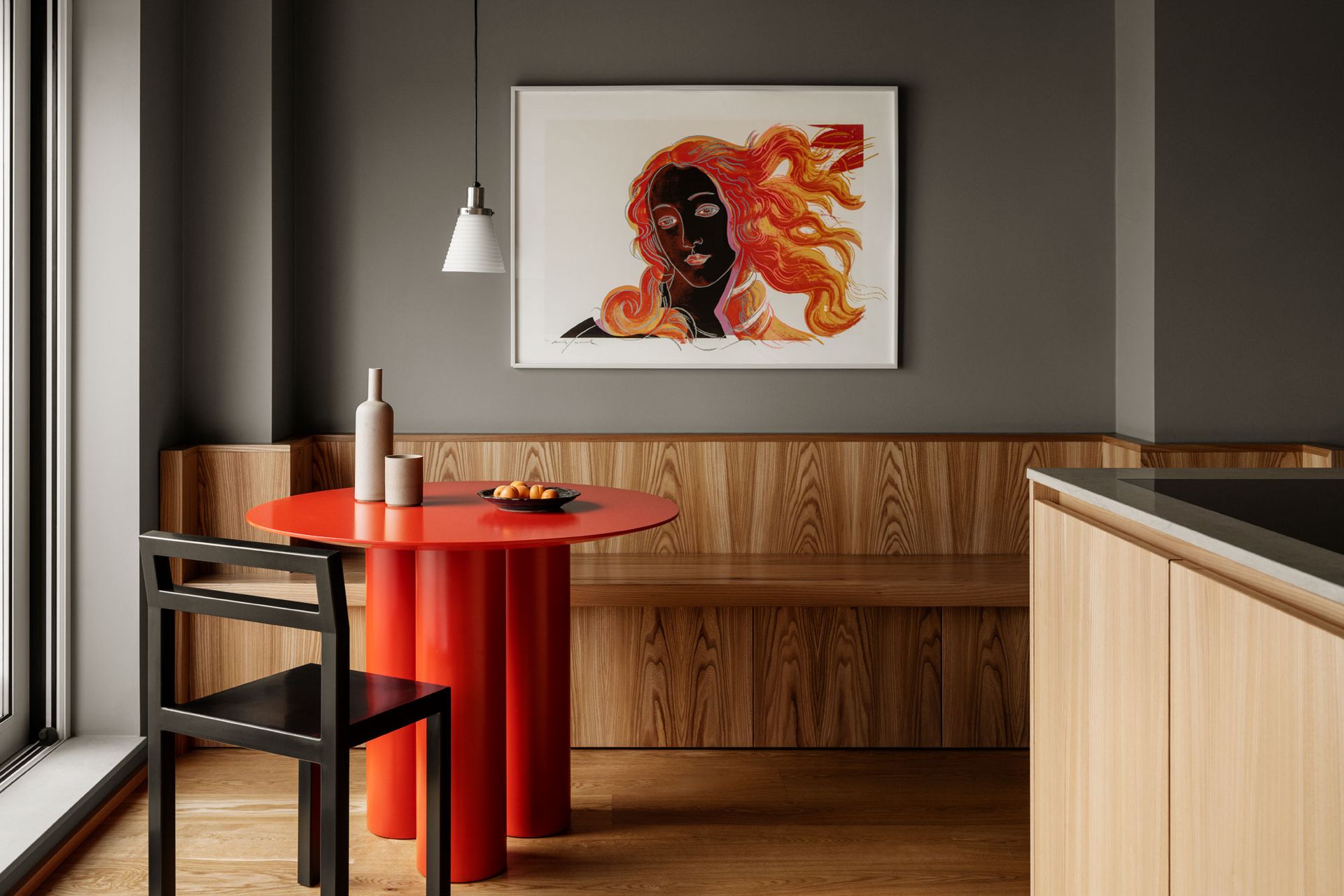
The spirit of Scandi decor style isn't only captured in light, bright, neutral spaces. There's a cleanness of lines and design that means that even a space like this dining room, designed by Stockholm-based design studio Note Design Studio, is undeniably Scandi in essence.
Though the walls are dark grey and the furniture brightly colored, this space's minimalist design and use of intricately-grained wood for millwork show that it's hard to put Scandi decor style into one box.
4. Combine wood colors and textures
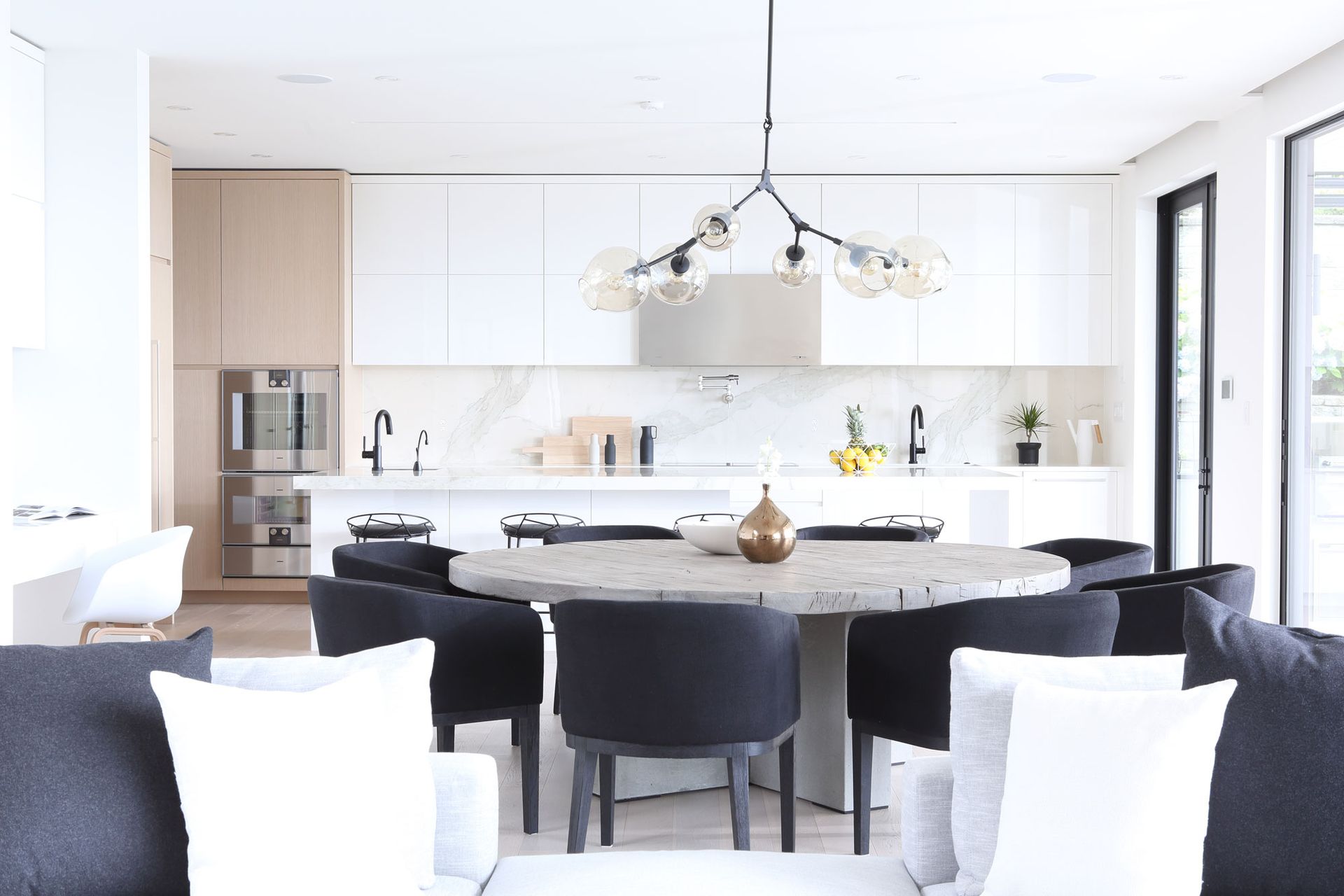
As we've already mentioned, wood is a core material in Scandi decor, but interior designers who work in this style also have a talent for mixing wood colors and textures within the same scheme.
'I like to stay with a more monochromatic feel when layering woods tones,' says Vancouver-based interior designer Andrea Rodman of Andrea Rodman Interiors. 'We may have a light oak floor finish, for example, and then make the millwork a few shades darker or lighter. This way we are creating a gradation that creates visual interest but also harmony and softness to the eye,' she explains.
In this Scandi kitchen design, a sleeker timber texture has been used for the kitchen cabinetry, while a rustic dining table showcases a raw timber edge, putting the natural characteristics of this material at the heart of the space.
4. Pair Scandi and Japanese aesthetics
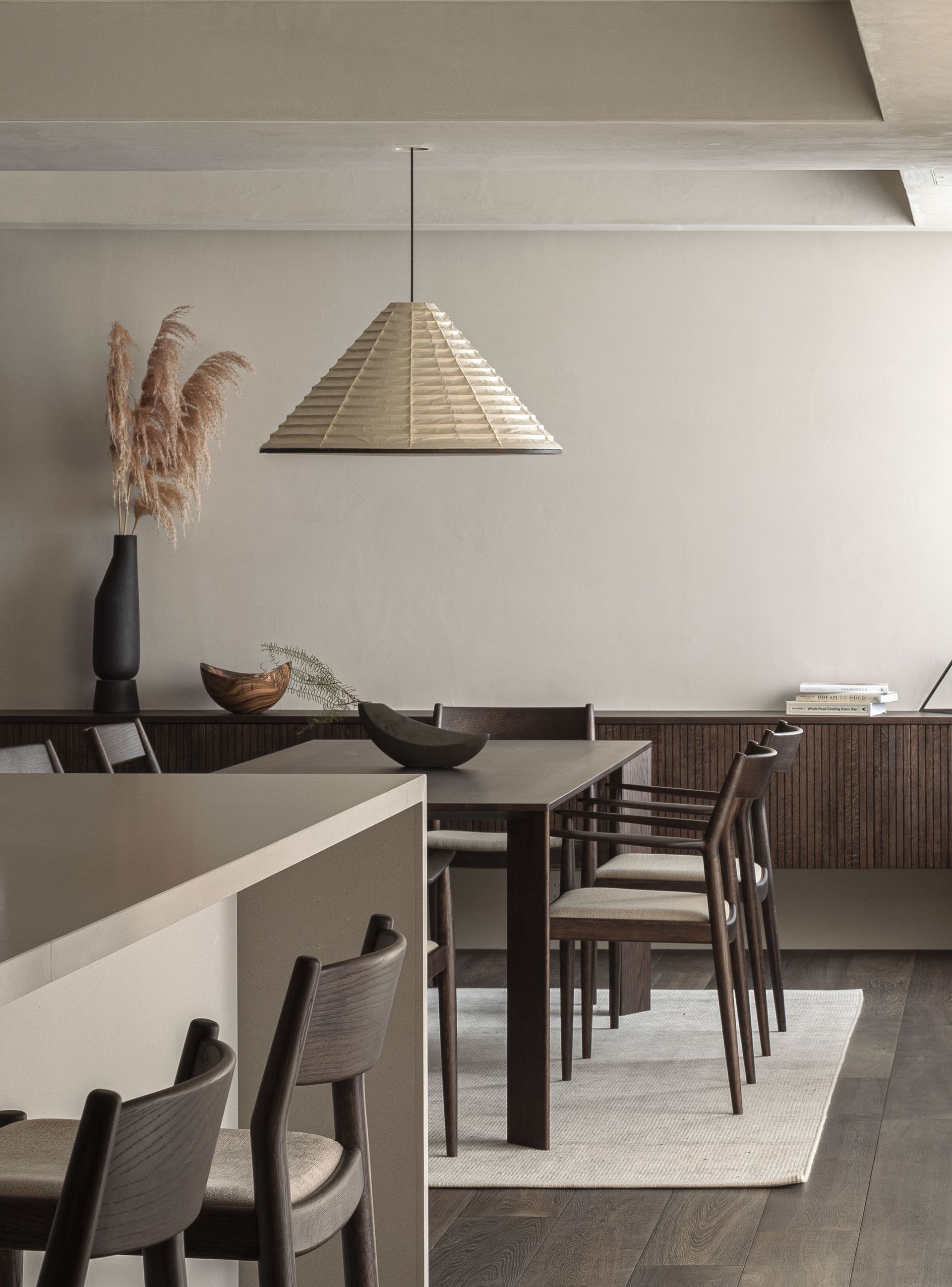
'For a Scandinavian feel, I often refer to Japanese design inspiration, as well as current Scandinavian designers,' suggests Andrea. 'There is a simplicity that is captured in Scandinavian design that strongly reflects the thoughtfulness of Japanese minimalist design.'
This overlapping of designs has become known as Japandi, a style trend which pulls on the two aesthetics for a modern, minimalist hybrid.
'The Scandinavian and the traditional Japanese design traditions are bound by a shared understanding of embedded qualities of simplicity, functionality, refinement, and attention to detail,' echoes Jonas.
In this design, Norm Architects combined Japanese and Scandinavian design principles. 'A shared belief in the use of natural materials and a muted colour palette lies as the foundation of the project, characterized by the focus on tactile, soft minimalism and timeless qualities' Jonas explains.
5. Give Scandi style a sustainable twist
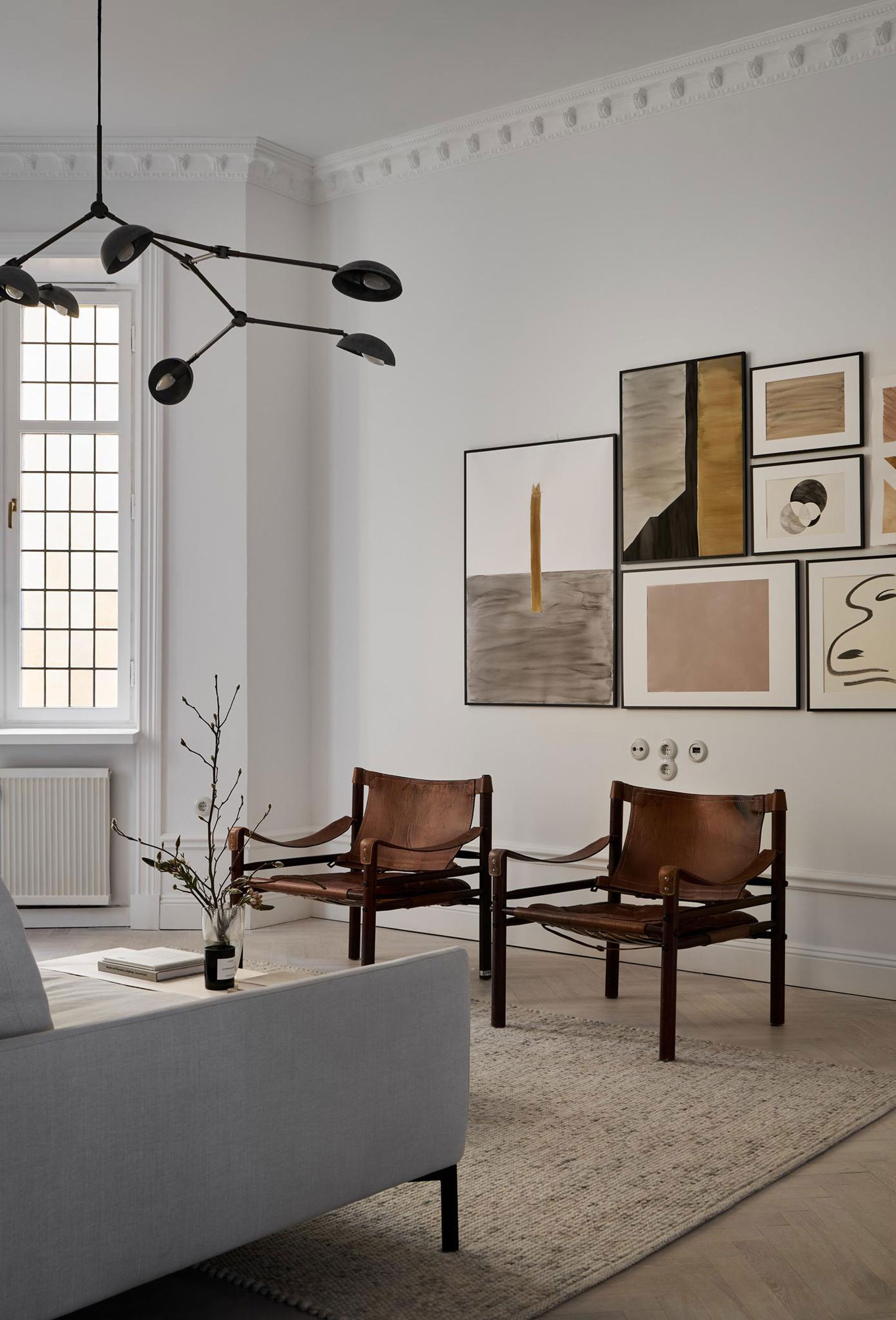
'Another new trend in Scandi style is a focus on environmental awareness, which in general is shining through in architecture and design,' explains Sofie Ganeva. This could mean sourcing pre-loved vintage furniture and handcrafted designs for a Scandi living room.
This plays in well to the core values of Scandinavian furniture design, where quality is matched only by its timeless nature. 'Products should not only be durable because of good materials and good craftsmanship,' says Norm Architects Jonas Bjerre-Poulsen, 'but also aesthetically durable in the sense that you can keep looking at them and find them interesting and beautiful as the years roll by.'
6. Experiment with a dark Nordic-inspired look
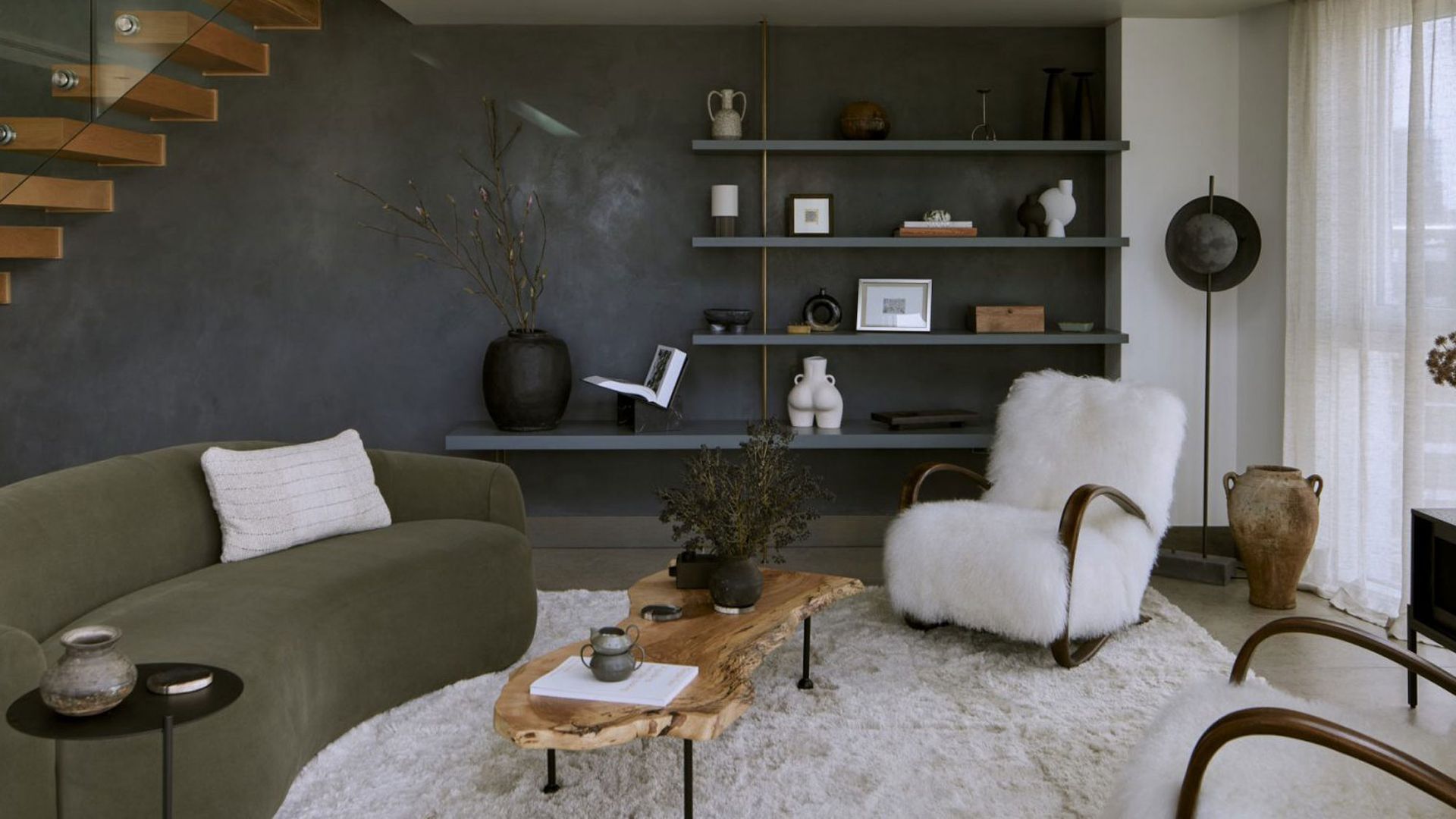
Another twist on traditional Scandi decor style is a trend towards darker, more atmospheric interiors.
'Darker backdrops allow the neutral and natural palettes of Scandinavian furniture to take a more prominent stand in a space,' explains Annie Harrison, founder and creative director of design studio Fare Inc. 'It’s a great way for someone who’s maximalist and bold at heart to still have a calming interior as it achieves both, and as people are spending more time at home they’re investing in their own style.'
However, Scandi style is all about natural light, so you might take a different approach a dark living room idea than just painting the entire space in black. 'Adding subtle colour rather than using grey can help balance and brighten the materials instead of taking from them,' Annie suggests. 'In this project, we used a deep blue Tadelakt finish on the walls to add depth and elevate the neutral tones and subtle colour elsewhere.'
7. Go simple with lighting
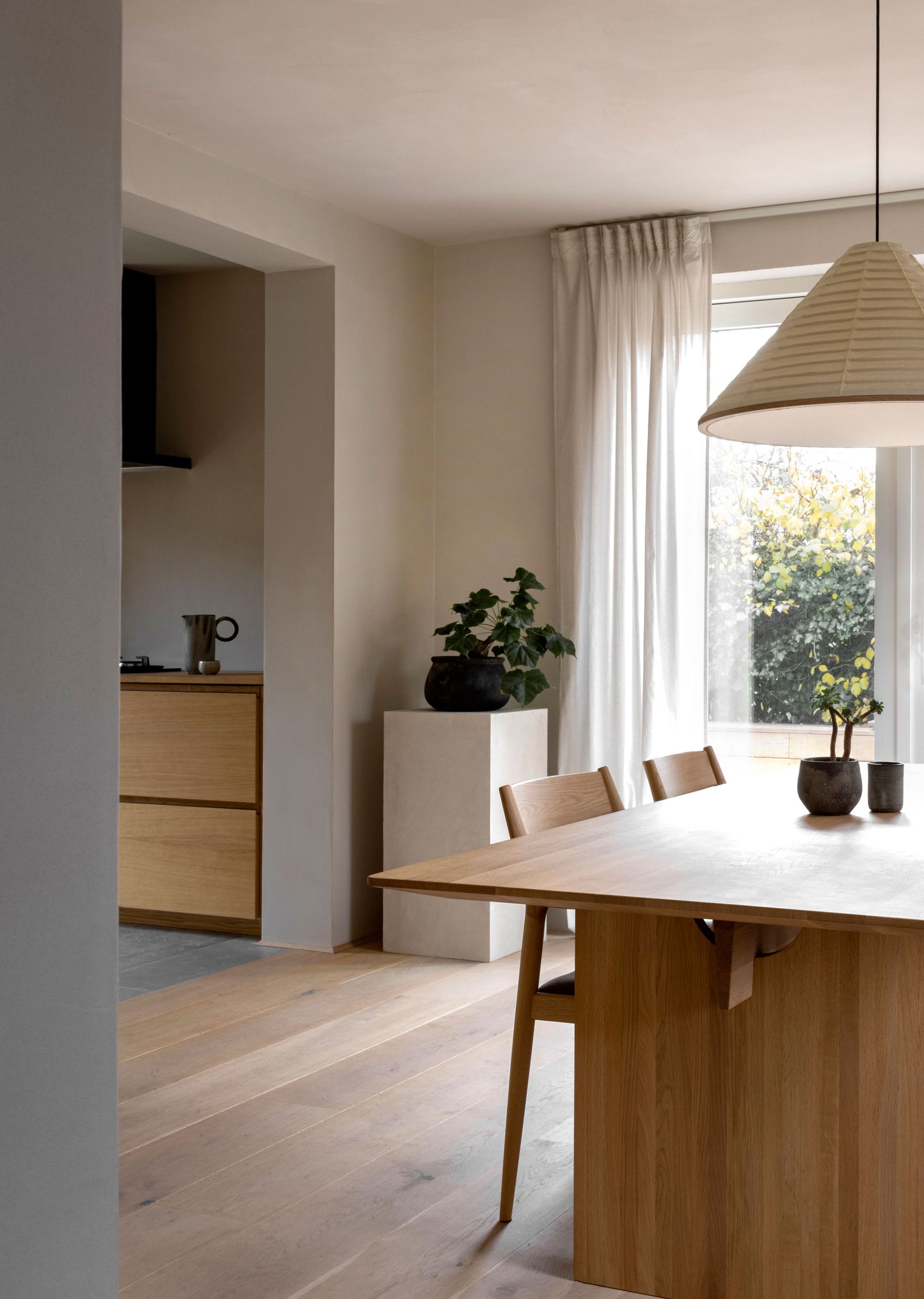
Lighting is often described as the jewelry of the room, but for a minimalist Scandi style, underplaying your hand when it comes to lighting might be the better option. Modern lighting trends that use bold colors, shaped glass and materials such as brass may feel overworked in a more pared-back design.
'Sometimes, to stand out, the answer is not to make noise and be hyper-expressive in an attempt to turn people’s attention,' says Jonas Bjerre-Poulsen. 'We believe it is always right to find elements for your home that are simple, modest and restrained, made from natural materials that have tactile surfaces that will patinate beautifully with time.'
In this design, an oversized paper lantern pendant gives the lighting in the dining room gravitas, but doesn't distract by adding in unexpected materials and textures.
8. Create a layered lighting scheme
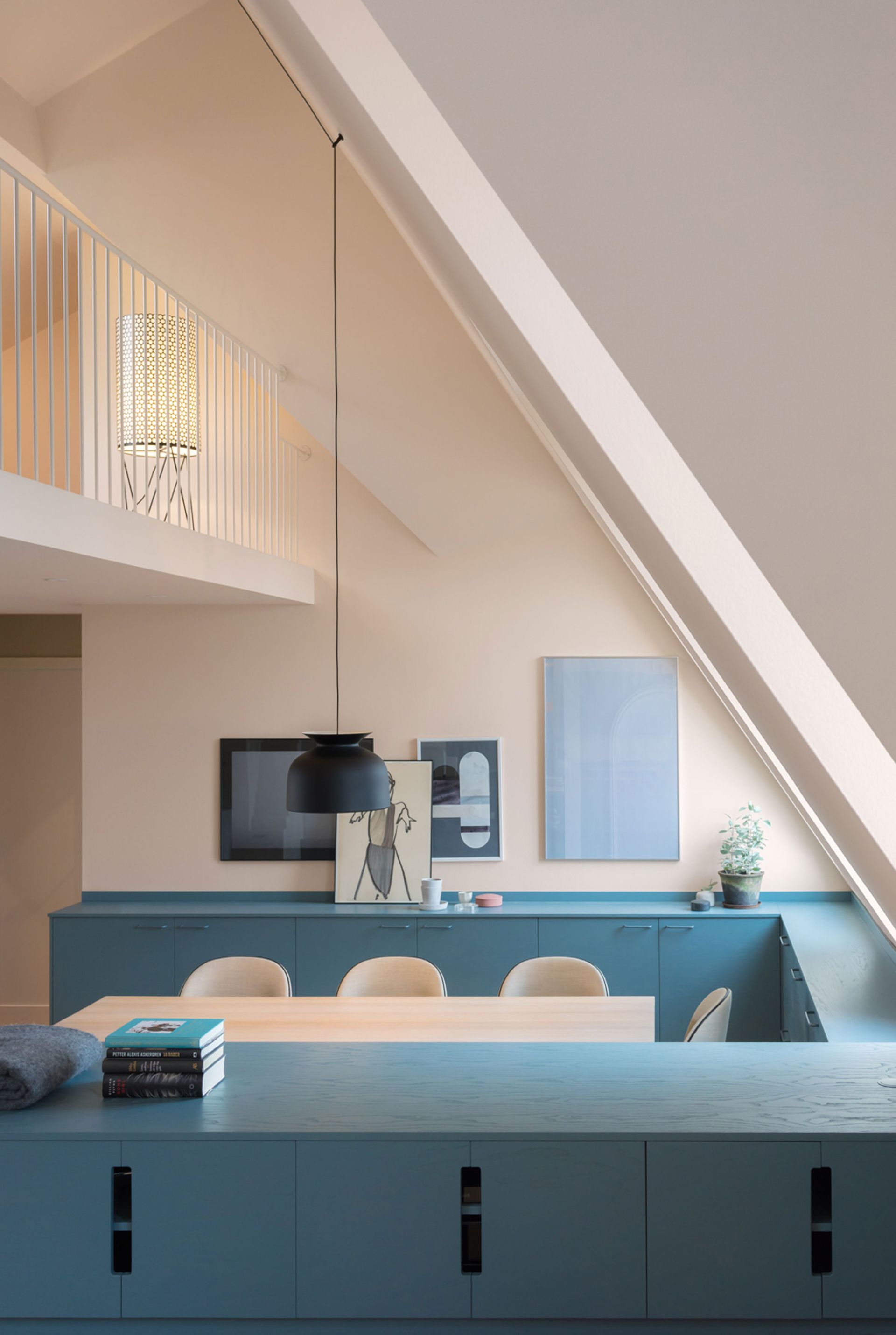
Layering is a well-explored trope of Scandi design, but often this is only extended to rugs and textiles. Lighting should be approached in the same way, especially for a Scandi scheme in which the relationship with light is so important.
'In a Scandi-inspired scheme, I'd focus on layering different levels of lighting throughout a space,' explains Fare Inc's Annie Harrison. 'There's soft overhead lighting (not spotlights), warm wall lights and various table lamps and floor lamps to create a comfortable atmosphere that can be adjusted to suit your needs of the space throughout the day.'
Living room lighting ideas in a Nordic style scheme should be warm and welcoming 'In homes this can be achieved as simply by adding a table and floor lamps onto 5AMP sockets, and installing warm white bulbs rather than a cooler colour temperature,' Annie suggests.
9. Use texture when styling a monochromatic space
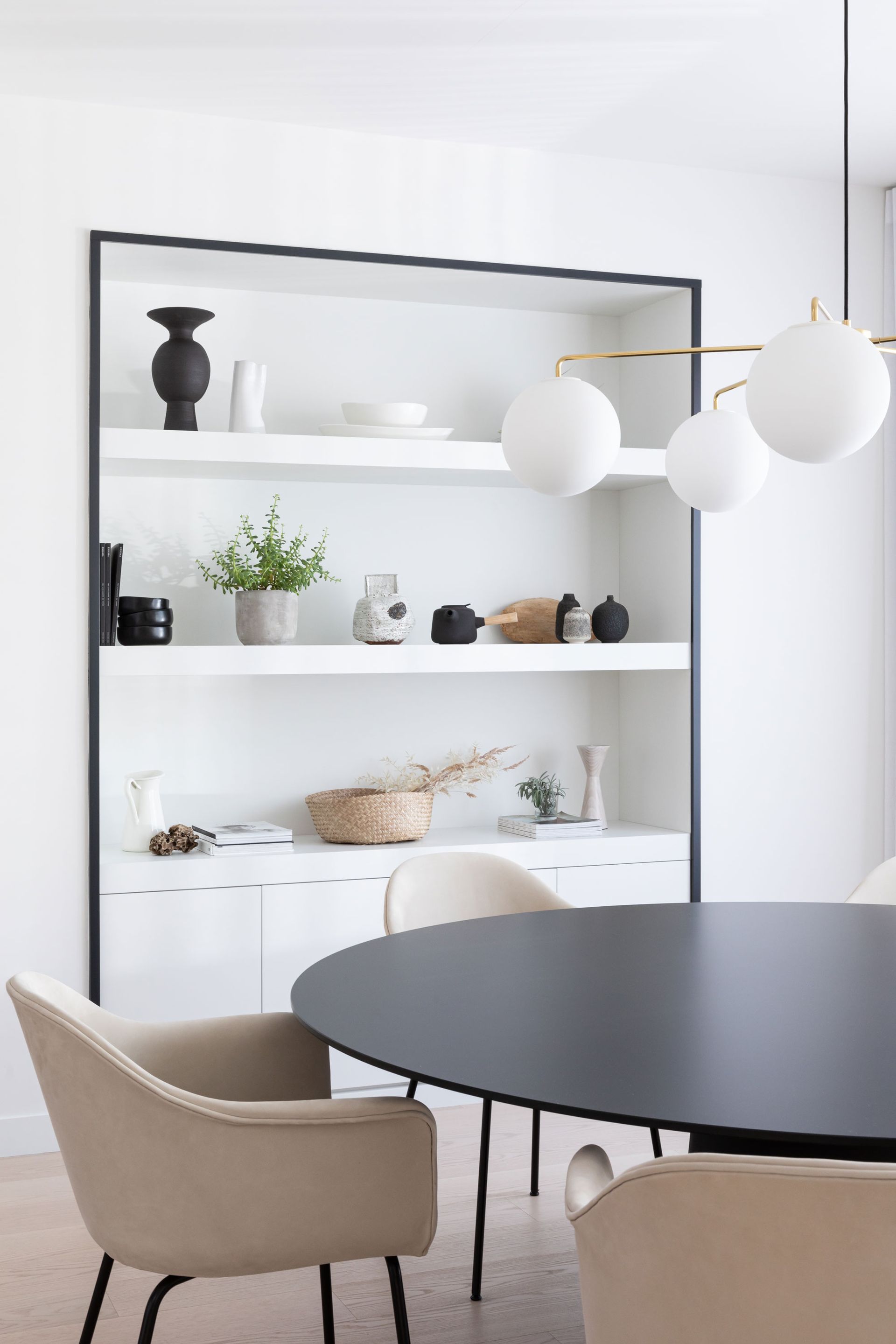
Unless you embrace the new Nordic trend for color, Scandi decor style is often limited to a monochromatic color scheme, mixed in with natural materials. However you can still add interest when you don't have color in your design toolbox, especially when it comes to areas such as shelving ideas in a Scandi scheme.
'I try to mix a few elements together when styling for a Scandi look, like wood tones, natural stone, and of course black and white,' says interior designer Andrea Rodman. 'You can add interest with texture by bringing in handmade pottery or beachcombing for the perfect piece of driftwood, or a wicker basket that brings in those soft earthy tones. I also love bringing in unique, artistic objects that have a sculptural feel.'
10. Embrace the trend for textured walls
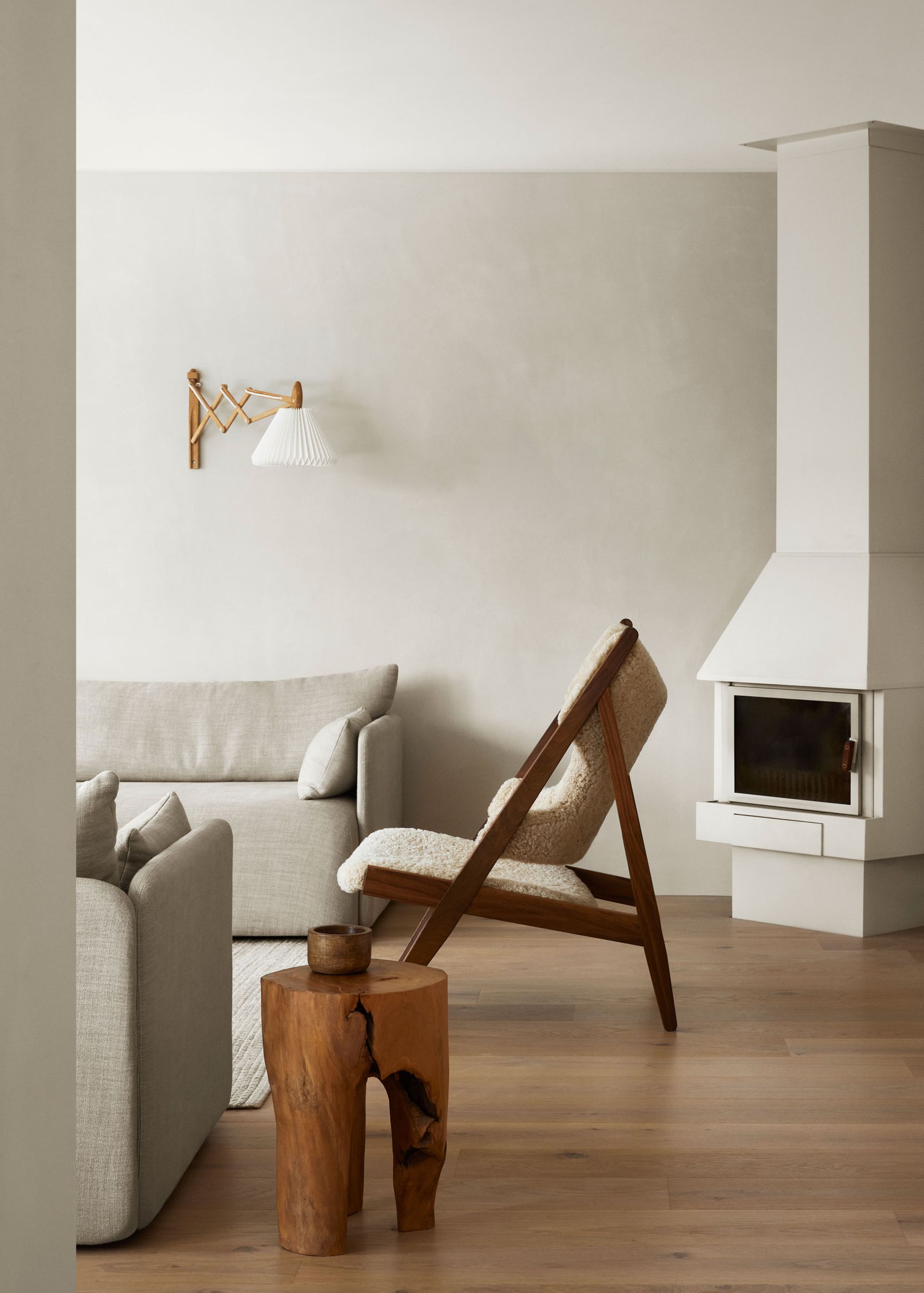
Scandi style isn't immune from another big trend in the world of interiors. Textured wall finishes, whether they're limewash paint ideas or other materials like clay plaster or tadelakt, seem to share a design affinity that has seen them become a defining style for modern Scandi schemes.
'Textured walls add a beautiful lived in look - especially helpful when the space is a new build or very angular - and the aged look balances the clean lines of Scandi style furnishings that work so well in this type of space,' says Annie Harrison.
These finishes can also be used to add depth to wall colors by embracing a reflective quality that picks up natural light. 'Textured finishes with slight sheens work well with lots of natural light as you can use deep colours and it still bounces light around,' Annie explains. 'My go-to is Tadelakt, a Moroccan waterproof plaster which works really well in bathrooms but adds beautiful texture to living spaces too.'
'For a similar look on a budget, limewash the walls and then wax over them for a polished plaster look. This works especially well paired with soft wall-washing lights to highlight the movement in the paint.'
What is Scandi decor style?
Scandi decor style, in reality, is more of an approach to design, than a specific aesthetic.
'Scandinavian design emphasizes bright, light and open spaces,' says Fantastic Frank's Sofie Ganeva. 'Visual elements like clean lines and white space evoke a sense of calm and capacity. One thing a Scandinavian room is not? Cluttered.'
'I think it is hard to define modern Scandinavian Style,' adds Norm Architect's Jonas Bjerre-Poulsen. 'With the ease of knowledge sharing globally through digital platforms, our current style in Scandinavia has become very diversified. I think there are elements of simplicity and functionality that still bind us together as a design region, but there are also elements of our current design world that is no longer homogeneous.'
'I think we belong to a classic Scandinavian tradition,' Jonas continues, 'where we work with some of the more predominant natural colors derived from wood, stone, bricks, linen fabrics, wool, etc. which results in a very quiet and earthy color palette that we feel is soothing, calming and timeless.'
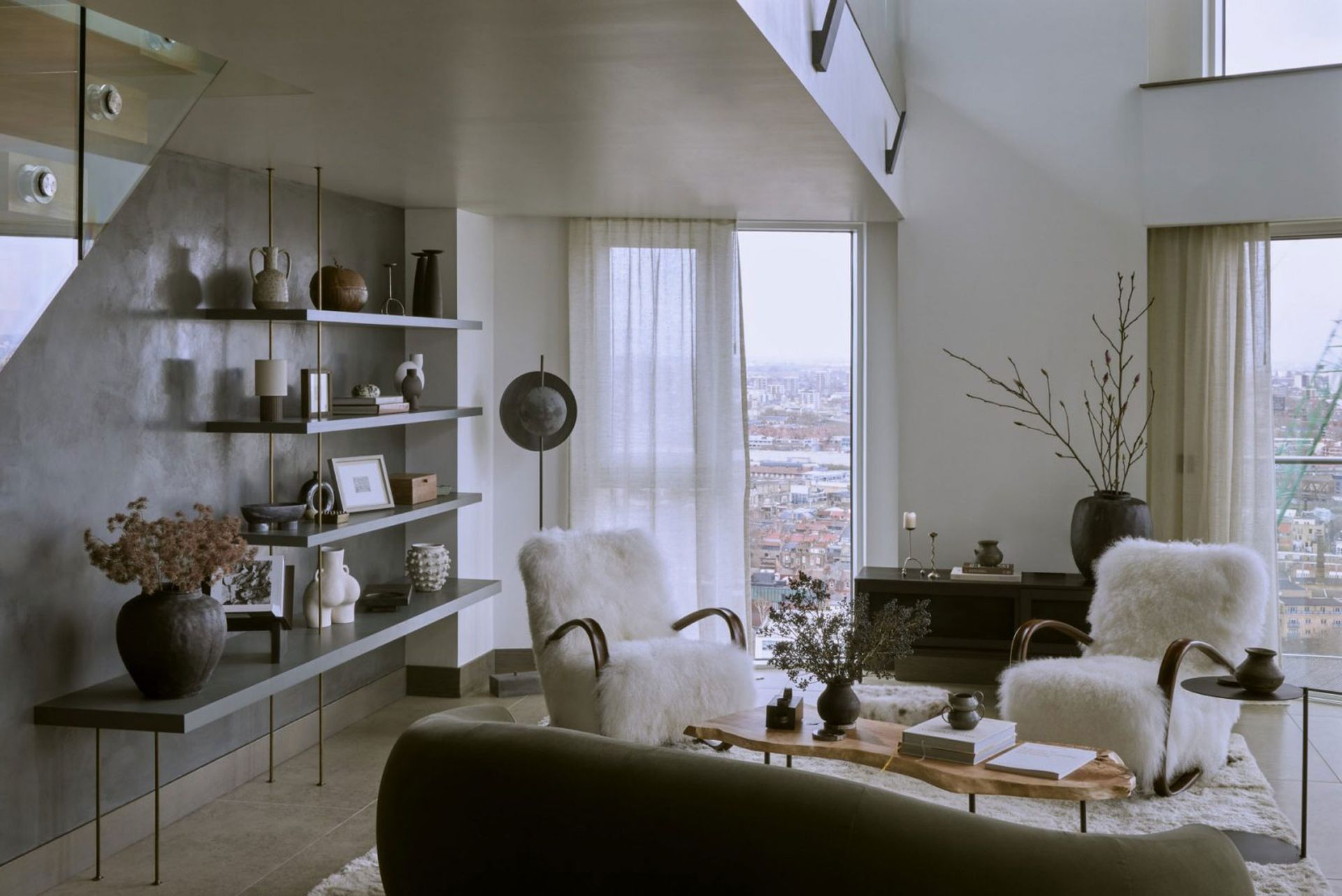
How can I easily create a Scandi decor style?
If you're looking to play up to a classic Scandi decor style, there are certain ways you can bring in Nordic style when decorating your space.
'Deep pile shag rugs, hide throws and rustic woods have a really timeless appeal to them and can be used in a variety of ways to make a space your own,' suggests Annie Harrison, creative director of Fare Inc. 'Hang a deeply textured rug on the wall to create a unique piece of art whilst also adding depth and coziness. Throw hides over benches and use rustic wood trays and boards on hard surfaces in the kitchen and dining spaces for a cost-effective Scandi style touch.'
Be The First To Know
The Livingetc newsletter is your shortcut to the now and the next in home design. Subscribe today to receive a stunning free 200-page book of the best homes from around the world.

Hugh is the Editor of Livingetc.com. From working on a number of home, design and property publications and websites, including Grand Designs, ICON and specialist kitchen and bathroom magazines, Hugh has developed a passion for modern architecture, impactful interiors and green homes. Whether moonlighting as an interior decorator for private clients or renovating the Victorian terrace in Essex where he lives (DIYing as much of the work as possible), you’ll find that Hugh has an overarching fondness for luxurious minimalism, abstract shapes and all things beige. He’s just finished a kitchen and garden renovation, and has eyes set on a bathroom makeover for 2024.
-
 These 12 Best Table Lamps for Your Desk — Perfect Glows for a Creative Home Office
These 12 Best Table Lamps for Your Desk — Perfect Glows for a Creative Home OfficeThe best table lamps for your desk is have a soft, targeted glow. Elevate your WFH set-up with these stylish picks endorsed by Style Editor Brigid Kennedy
By Brigid Kennedy Published
-
 The Nespresso VertuoPlus is 30% Off for President's Day, and it's Kim Kardashian's Coffee Maker of Choice
The Nespresso VertuoPlus is 30% Off for President's Day, and it's Kim Kardashian's Coffee Maker of ChoiceThis sleek and stylish coffee maker was spotted in Kim's home bar, and you can currently save $60 if you buy yours from Amazon
By Lilith Hudson Published

